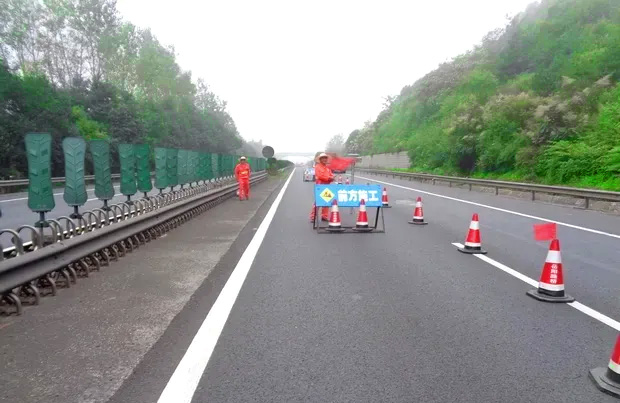
Road Maintenance Construction Risk Analysis
1. External injuries, mainly traffic accidents
Routine road maintenance work generally closes some lanes, but it is unavoidable to be related to the external traffic environment. If the layout of the on-site work area is not standardized, coupled with the reasons such as speeding and distraction of drivers on the road, vehicles are very likely to break into the work area. personal injury to personnel.
2. Internal risks in road maintenance construction
One is that when working on the road, the work vehicles and equipment during the construction process will cause injuries to the on-site construction personnel due to visual blind spots, negligence in observation, and the safety problems of the road maintenance equipment and construction machinery.
The second is the threat of unsafe factors in the surrounding environment to construction workers during road construction. Such as falling rocks, landslides, leakage of underground power transmission pipelines, or raids by wind, snow and heavy rain, etc.
Risk prevention and control measures
For the existing risks, the main prevention and control measures are as follows:
1. Strictly implement personal safety protection. Road construction workers should wear reflective clothing, safety helmets, and safety belts when working at heights, electrical insulation and protective equipment when using electricity, raincoats and rain boots in rainy days, and non-slip shoes in snowy days.
2. Do a good job in daily inspection and monitoring. Detect all kinds of danger signs in time and deal with them in time. Before complete treatment, set up warning signs and take temporary measures.
3. Carry out on-site safety management. Special personnel responsible for construction safety and traffic safety must be set up to manage the site, and work areas shall be set up in accordance with relevant laws and regulations, and operators shall operate in strict accordance with safety procedures in the specified areas; mobile vehicles and equipment shall be set with warning signs according to regulations.
4. Do a good job in emergency management. Formulate emergency plans in advance for severe weather, road collapse, hazardous chemical vehicle accidents, etc. Once an accident occurs, the plan will be activated immediately to avoid further damage; regular emergency training will be organized.